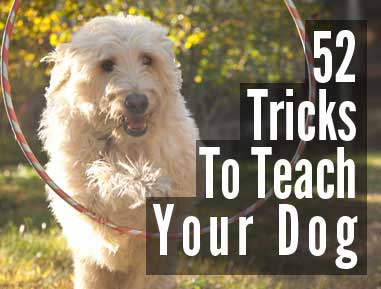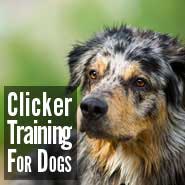
The beagle is not over 15 inches high. He must not be bandy-legged like the dachshund, nor long and low in the body, these qualities being reserved for the basset. He should be an active, intelligent, well proportioned, and capable little dog, with plenty of tenacity of purpose, through great speed is not to be expected. The ears, while long, do not in any way equal those of the bloodhound or basset, reaching just to the tip of the nose.
He must have no terrier traits, either physical or temperamental, nor any throaty tendency nor flews. The expression is just like that of a very alert foxhound. The legs must be strong and straight, the stifle well let down, and the hock fairly well bent, and the feet strong and close, with full, hard pads. Any hound colors are correct – that is, black saddle and neck, with tan legs, hips, shoulders, and head, interrupted anywhere by white.
They carry a gay stern, and are in every way very engaging, safe, companionable little dogs. Like all hounds, they make friends easily, and are therefore more easily led astray than some dogs, particularly when young.
Harriers resemble foxhounds, but are somewhat smaller, and, as the name implies, are kept for hunting hares. They are not used in this country, but in England they are hunted in packs as in fox-hunting, the hunters following on horseback.
The beagle and basset are smaller hounds used chiefly for hunting hares and rabbits, and are usually followed on foot. There are smooth-coated and rough-coated varieties of both breeds.
Basset
The basset, which is little known in this country, was imported into England from France in the early 19th century. It was a popular sporting dog in Germany and Russia also at that time. With its keen scent, extremely short legs, and very slow movements, it was well equipped for finding game in dense cover. The face of the rough basset is often very wistful; it is one of the most beautiful canine faces I know.
The basset is doubtless a compound of the old long-eared hound and the dachshund. Indeed, the type is exactly described if we picture a small bloodhound set on a dachshund's legs, and further words become unnecessary, except to say that the breed "comes" in two forms – smooth or hound-coated and rough or terrier-coated.
The latter has never, I think, and the former but seldom, been introduced into this country, where the more active (though possibly more erratic) beagle has so firm a hold. In Europe it is used as a rabbit dog, being low enough to enter the warren. Here, where the rabbits do not dig, but live on the surface, the lively beagle is more useful than his slow, sedate, and steady congener. Any "hound color" is correct.




